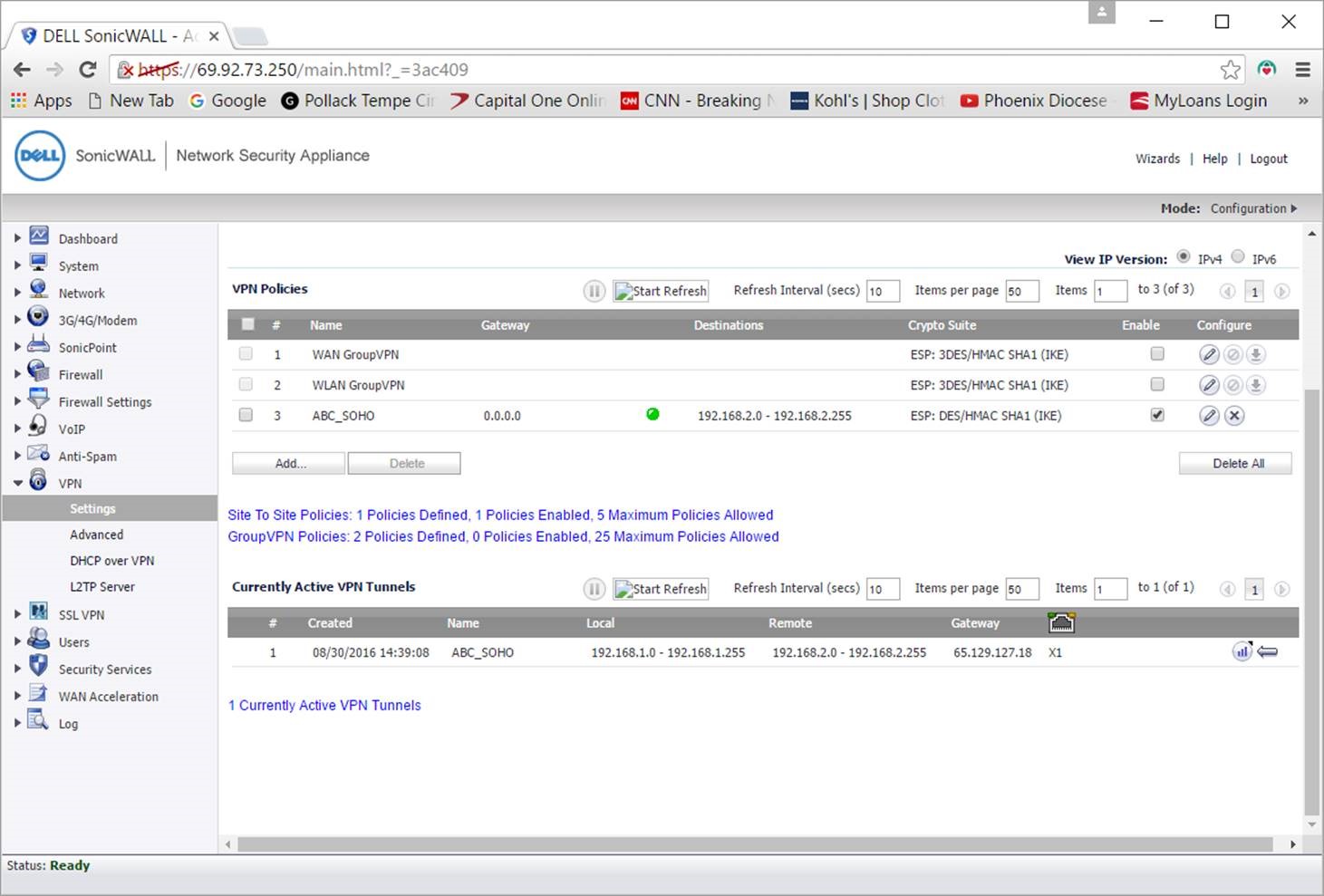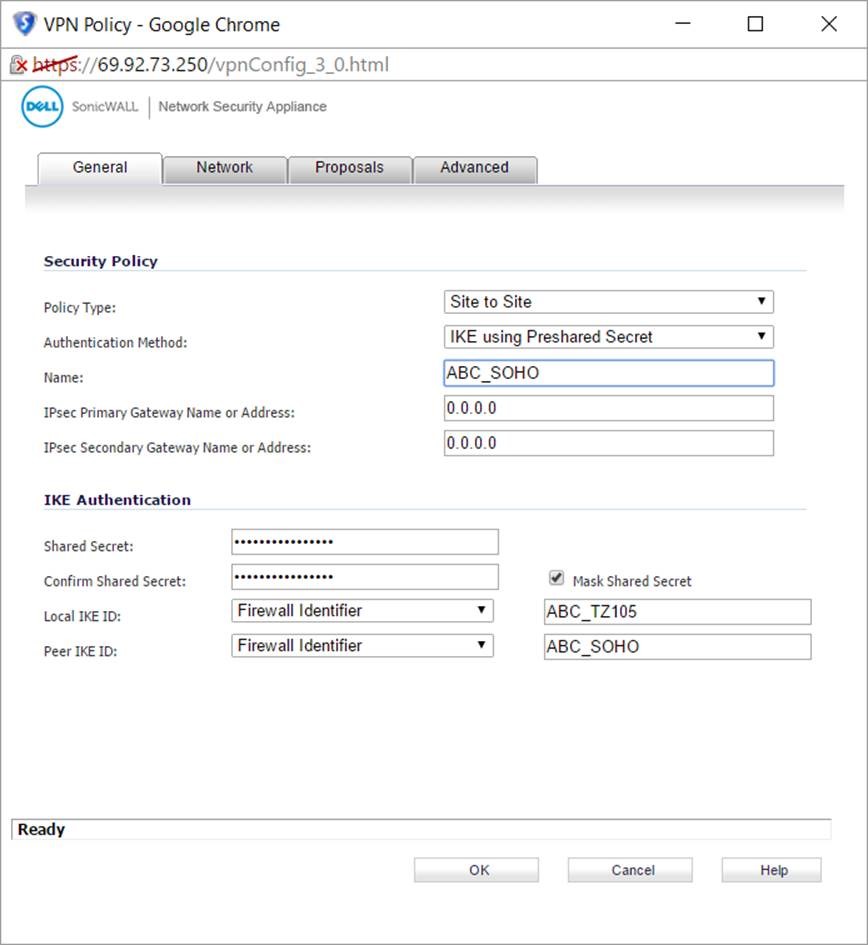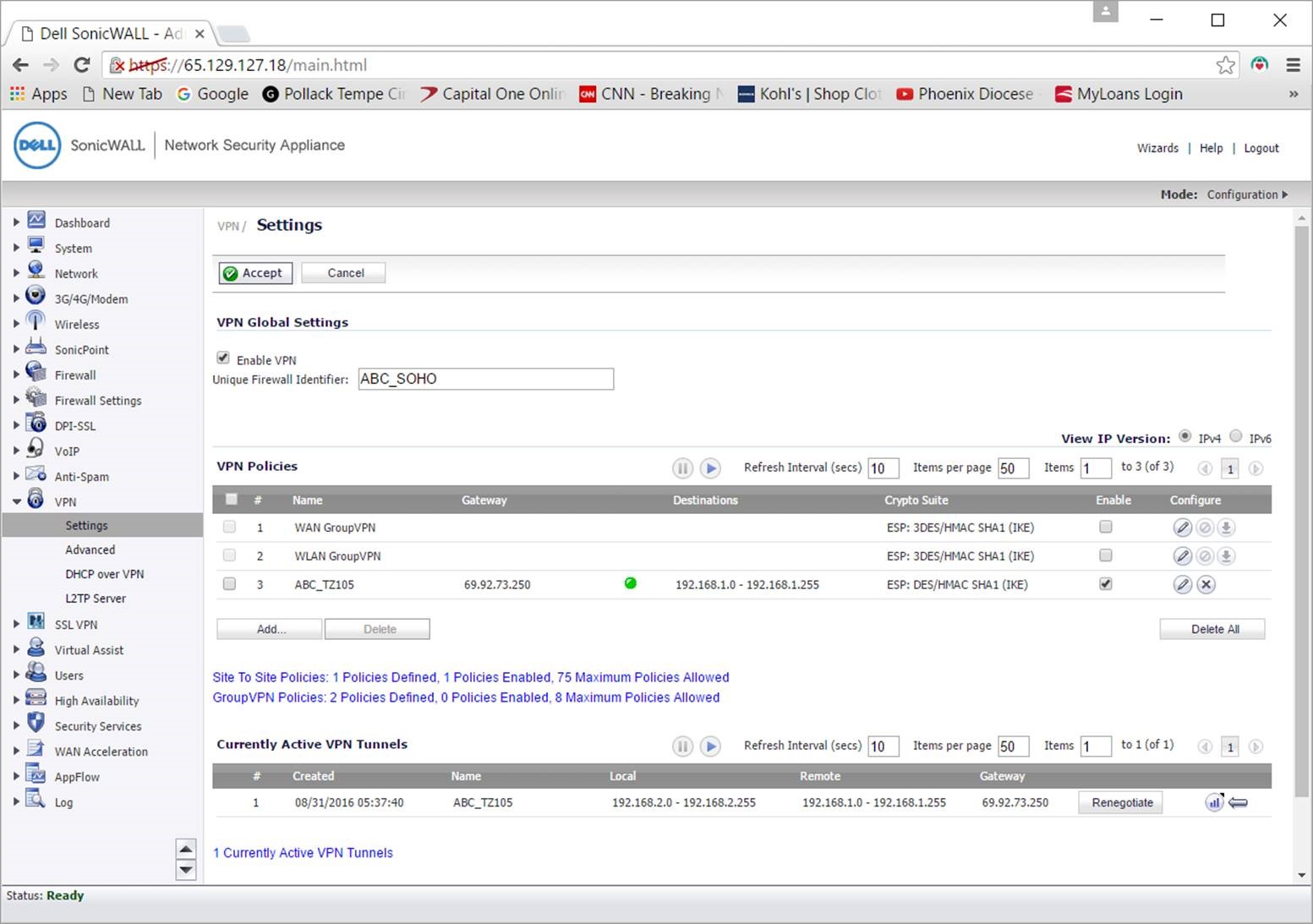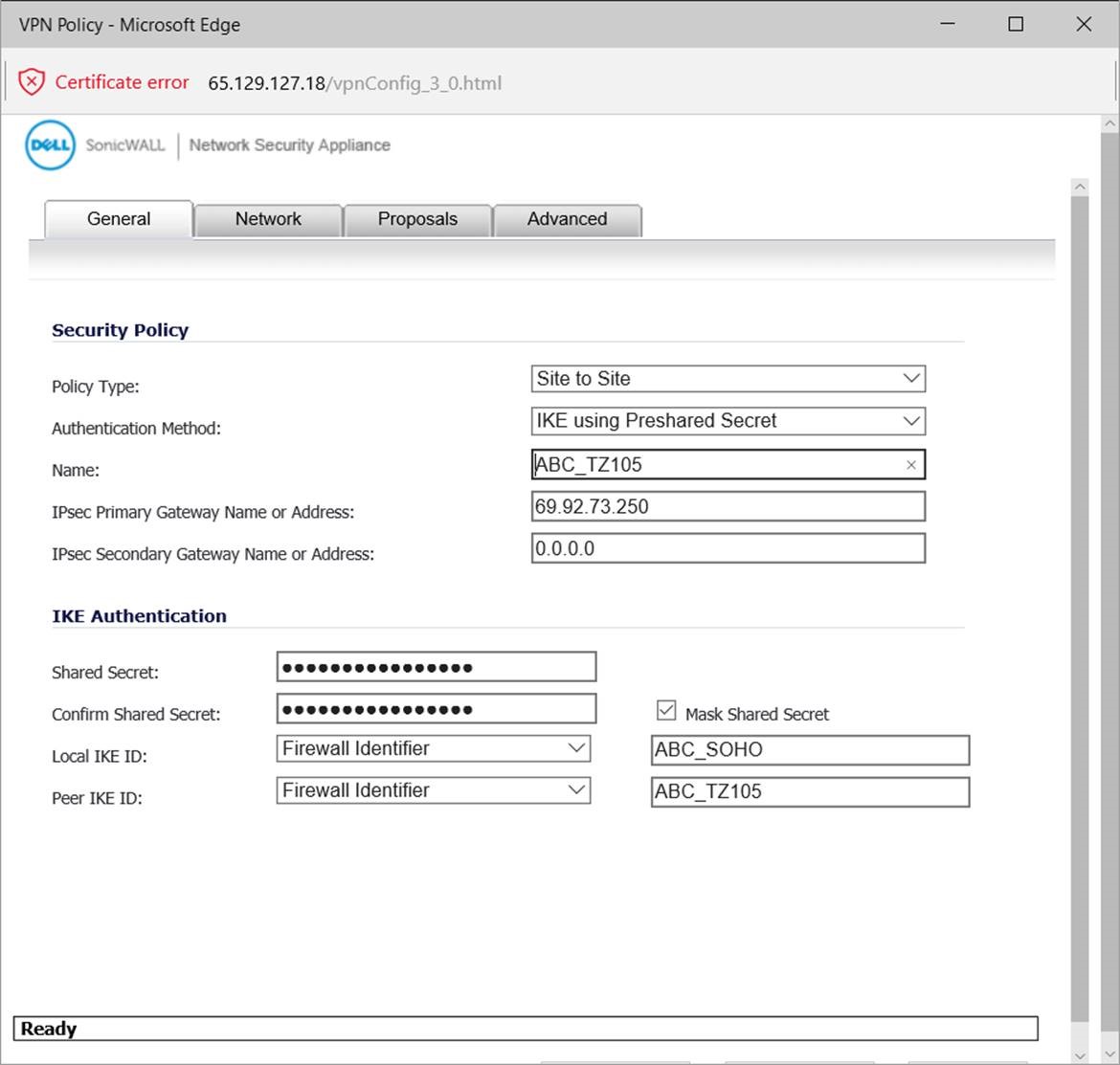Notes:
It is assumed that the network is setup and the printers are configured on the local PC’s.
Create Folders
1. Create TOP folder
2. Create TOP\BASIS folder
3. Create TOP\BASIS\DOWNLOAD folder
4. Create TOP\BASIS\DOWNLOAD\BLM folder
5. Create TOP\BASIS\DOWNLOAD\VPRO5 folder
Install BLM (Basis License Manager)
1. Download BLM from www.basis.com to TOP\BASIS\DOWNLOAD\BLM folder
2. Unzip exe file to same folder
3. Run setup
4. Select Register for a license -> select Next
5. Select Yes for Software License Agreement
6. Select Browse and select TOP\BASIS -> select Next
7. Select Next for Program Folder
8. Select Register for a license -> select Next
9. Enter Contact Info and License Info from License Registration Form -> select Next
10. Select Register and license automatically and select Next
11. After License successfully istalled message displays -> select OK
12. For Would you like to register for another BASIS License -> select No
13. Select Finish from Installation Complete window
14. Select OK from Reboot window
15. Unselect View the readme.txt file and select Finish.
16. Select Yes for I want to restart my computer now -> select Finish
Install VPRO5
1. Download VPro5 from www.basis.com to TOP\BASIS\DOWNLOAD\VPRO5 folder
2. Unzip exe file to same folder
3. Run setup
4. Select English -> select Next
5. Select Next from Welcome window
6. Select Yes for License window
7. Select Typical Setup -> select Next
8. Select TOP\BASIS folder -> select Next
9. Select Next from Select Program Folder window
10. Enter name of server -> select Next
11. Select Use standard privileges -> select Next
12. Select Finish from Installation Complete window
Install Total Order Plus On Server
1. Insert TOP Network Disk into server
2. Go to MS-Dos Prompt (Start > Programs > MS-Dos)
3. Make TOP directory, example: MKDIR C:\TOP
4. Change directory to TOP, example: CD C:\TOP
5. Copy files, example: COPY A:\*.* C:\TOP
6. Install each TOP module disk, example: PROGRAM UP
Setup Configuration File For Server
Sharing A Windows Drive
On server (PC with VPRO5.EXE & TOP) set drive as shareable.
1. Right click on Start
2. Select Explore
3. Right click on Drive to share, example: local C drive
4. Select Sharing
5. Select Share As
6. Enter share name, example: Disk_C
7. Enter description, example: Server C Drive
8. Select Full for access
9. Select OK
Notes:
For sharing to be available it must be set under networking. Right click on Network Neigborhood > Properties > File and Print Sharing > option to share files. If you change settings, you must restart computer. If a drive is shared, there will be a hand under the drive icon.
Map Server Drive On Work Station As Drive T
1. Right click on start button from work station
2. Select Explore
3. Select Tools from the menu bar
4. Select map network drive
5. Enter drive letter T
6. Push tab key to advance to path
7. Enter path, example: \\Server\Disk_C
8. Be sure reconnect at login is checked
9. Click on OK button
Setup Config File For Work Station
1. Insert Windows Network Disk into work station drive
2. Go to MS-Dos Prompt (Start > Programs > MS-Dos)
3. Make BASIS directory, example: MKDIR C:\BASIS
4. Copy config file to BASIS directory, example:
copy A:\CONFIG.S1 C:\BASIS\CONFIG.BBX
Notes:
The config.s1 is for a laser on lpt1 & okidata on lpt2 (both on the server), config.s2 is for okidata on lpt1 & lpt2 (both on the server), config.s3 is for a laser on lpt1 & okidata on lpt2 (both on the server) and laser on lpt1 (on the work station), config.s4 is for a laser on lpt1 & okidata on lpt2 (both on the server) and okidata on lpt1 (on the work station).
Create TOP Icon On Work Station
1. Right click on blank desktop
2. Select New
3. Select Shortcut
4. Enter command line, example:
T:\BASIS\VPRO5\vpro5.exe -q -tT1 -uuser_name
-cC:\BASIS\CONFIG.BBX OSMONR
5. Select Next
6. Enter icon name: Total Order Plus
7. Select Finish
8. Right click on Total Order Plus Icon
9. Select properties
10. Enter start in field T:\TOP
11. Select OK
Setup Server Printers On Work Station
1. Double click on My Computer Icon
2. Double click on Printer Icon
3. Double click on Add Printer Icon
4. Select Next
5. Select Network Printer
6. Select Browse
7. Double Click on server (name of server PC)
8. Select printer to use
9. Select OK
10. Select option to print from MS-DOS based programs
11. Select Next
12. Select Capture Printer Port
13. Select LPT port, example: LPT3 for LPT1 printer on server, LPT4 for LPT2 printer on server
14. Select Printer from list or use disk from printer manufacturer
15. Except printer name and choose default printer if desired
16. Select print a test page -> select Finish




